Originally published in AutoWeek July 22, 1985
1954 Bentley Continental R-Type; photos by John Matras
When I was boy, a visit at Uncle Henry’s was always special. Uncle Henry, you see, had every copy of Mechanix Illustrated ever printed—or so it seemed—and every copy of Mechanix Illustrated , in addition to MiMi-clad-in-overalls-that-covered-as-little-as-possible in those days modelling some clever and undeniably useful device while simultaneously showing a lot of leg, had road tests by Tom McCahill.
What a delight. McCahill was the sultan of the simile and could turn a test of a stripper sedan into sheer entertainment. Never mind that he gauged the trunk by how much room was left after inserting a golden retriever. If McCahill wasn’t the dean of American road-testers, he was at least well-placed on the faculty. It behooves one, then, to respect his opinion on matters automotive. What McCahill said was good usually was.
And in the July 1953 issue of Mechanix Illustrated what the great Tom McCahill was touting was the Bentley Continental R-Type. Not only was he saying that it was good, but better than Rolls, Mercedes and Stutz. It was the best car he had ever tested.
It began back when W.O. Bentley hisownself was at the helm, when Bentley was the first and foremost a sporting marque, a Le Mans competitor and champion, a carriage to sporting chaps of the right families. Bugatti called them the world’s fastest lorries, and those partial to the make marveled in the “bloody thump” of its engine. It was a car for the tweed snap-brim duster cap, not the silk top hat.
That was to change when Rolls-Royce, by a ruse, upset the plans of Napier to acquire the bankrupt Bentley organization—thus eliminating in one blow two worthy competitors—by acquiring Bentley itself in 1933. After the take-over, the Bentley would be known as “the silent sports car,” an admirable status perhaps, but hardly in keeping with Bentley tradition. There was, of course, no racing.
After the next war, of which England was an alleged victor, things weren’t much better. The Mark VI Bentley was merely a Rolls Silver Wraith with an extra carburetor. It sold well enough in a car-starved world, but did little to enhance Bentley’s sporting image. Nor did the R-Type Bentley, which succeeded the Mark VI, really change anything.
But changes were in store. H.I.F. Evenden, chief project engineer at R-R/Bentley, and chief stylist J.P. Batchley were put to work on, to use Evenden’s words, “a car that would not only look beautiful but possess a high maximum speed coupled with a correspondingly high rate of acceleration, together with excellent handling qualities and roadability.”
Inspiration would come from the pre-war Corniche of 1938, the epitome of Art Deco aerodynamics that had been slated for production in 1940 but for which plans as well as the prototype itself had been blown up by the Germans. (Only the ignition key, says legend, survived).
A two-door fastback body was designed and a quarter-scale model tested at Rolls’ Flight Test Establishment wind tunnel at Hucknall. It would not be the most wind cheating design possible. The V-shaped prow of the prewar Corniche was ruled out by the overriding directive that the car “be recognizable as a Bentley.” That meant the vertical grille had to stay. Furthermore, said radiator could not be shorter than the Mark VI’s by more than 1½ inches.
Still, Evenden and Blatchley did what they could, producing a body of smooth contours, with a short, curved windscreen and a fastback that ran all the way down to the rear bumper. Even if the final configuration looked terribly General Motors, it was a creditable performance. Tests of the prototype at Montlhery in 1951 produced laps of just shy of 120 mph.
This was considerably better than the 100 mph the Mark VI could achieve, especially considering the limitations placed upon Evenden by Rolls management. Engine modifications were not to be made, which affected refinement. In fact, the only changes to the 4.5-liter in-line six were to bump the compression ratio from 6.25 to 7.0:1 and to reduce restriction on the exhaust system. Though Rolls never quoted horsepower other than “sufficient for the purpose,” independent estimates placed power at 137 horses at 4250 rpm.
Acceleration was aided by weight savings in the Evenden design and J.H. Mulliner’s execution of the bodywork in aluminum. The standard R-Type sedan weighed more than 4,000 pounds, while the Continental, as the new model would be known, came in at 300 pounds less. A contemporary Motor test marked zero to 60 in 12.5 seconds and the standing-start quarter-mile in 18.5 seconds. Hardly remarkable today, but respectable for a four-place sedan in 1952. Compare it to an MG-TD: Top speed of 80 mph and 21 seconds for the quarter-mile.
Weight savings accomplished more than improved acceleration. No tire of the time could have carried two tons at 120, and even the Continental‘s lesser mass was marginal. Ordinary tires were said to expire within 20 miles of high speed use, though special shallow tread tires developed especially for the Continental had more normal (up to 10,000 miles) wear.
Evenden achieved the goal Rolls had established. The Continental had a high top speed—the fastest four-place sedan of its time—it had good acceleration, and it handled well. The Bentley Continental was a driver’s car. The big steering wheel frames a dash full of gauges, and our right-hand-drive test car (owned by Rolls enthusiast William Davis of Charleston, W. Va.), the shift lever for the fully-synchro transmission was on the driver’s right. It’s smooth, with the feel of well-turned metal on metal, but it’s mounted low and is somewhat of a reach, a throwback to the pre-synchro era when shifting was to be avoided at all costs.
From the outside the car belies its size, not looking as large as it is. Yet is sits on a 120-inch wheelbase and is 63 inches tall. The lost size returns on city streets, however. There the car feels big, the lanes narrow and other cars much to close.
The highway is the Bentley Continental’s natural environment, and it is there that the Bentley comes into its own. The acceleration is by no means breathtaking, but the torque on the West Virginia hills is impressive. The car is also noticeably quiet at speed, the engine unobtrusive and the burble of the unrestricted exhaust is effectively excluded by rolled-up windows. Surprising is the absence of wind noise. The Continental lives up to its advance billing.
Production ran from 1952 to 1955, during which 207 R-Type Continentals were made, and over half bound for the United States. The Bentley Continental was something of a paradox, however. It was marketed as a high-performance sedan with a minimum of luxury equipment, but the older clientele more able to afford the Continental (at a hefty early-‘50s $17,000) desired such things as cushy (and heavy) seats, radios and automatic transmissions, all of which detracted from the original lightweight concept and made for a heavier Continental. The S-Type Continental replaced the R-Type, longer and wider (and heavier) though keeping the overall appearance. The performance would not be matched, however.
The legend that Rolls-Royce required prospective Continental owners to sign a pledge that they would not race is not true (though it ranks up there with the R-R sealed hood story), but it was racetrack performance that most impressed Tom McCahill. A Bentley Continental was used at Le Mans as a “pilot car,” running the course at least once every hour to check track conditions. McCahill went along as a passenger on several tours, and reported that “it was an uncanny experience to sit in a full-sized sedan and, right in the thick of competition in the biggest race in the world, to actually pass some of the competing cars.” Only the Cunningham and the winning Mercedes passed the Bentley with ease.
It was this really astounding performance from what was ostensibly a luxury car, “the first truly sports car, full-size sedan,” that moved one of the greatest auto writers to call the Bentley R-Type Continental “the greatest I have ever tested.”
And it was right there in the pages of Mechanix Illustrated at Uncle Henry’s place.









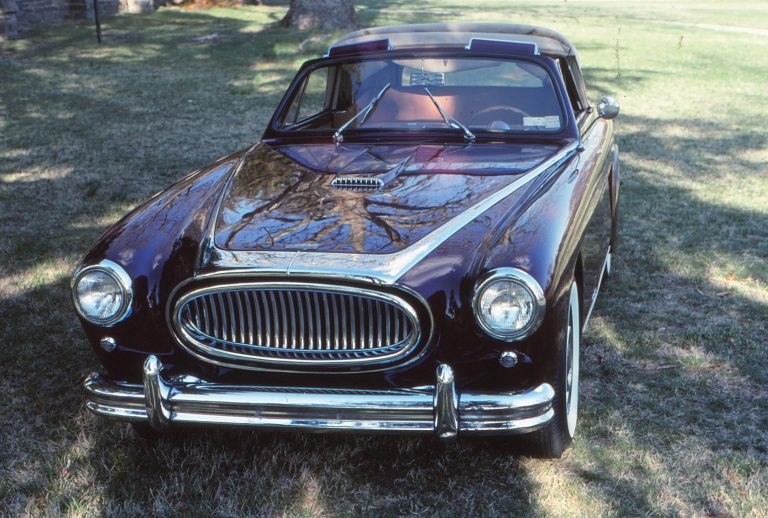
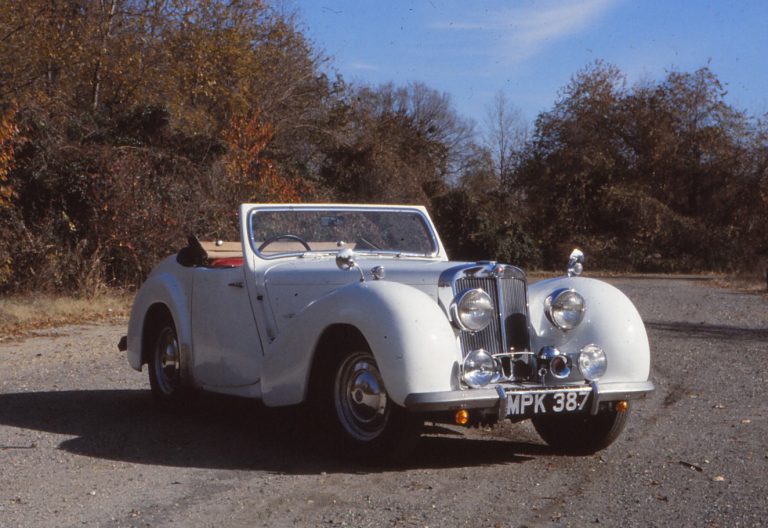
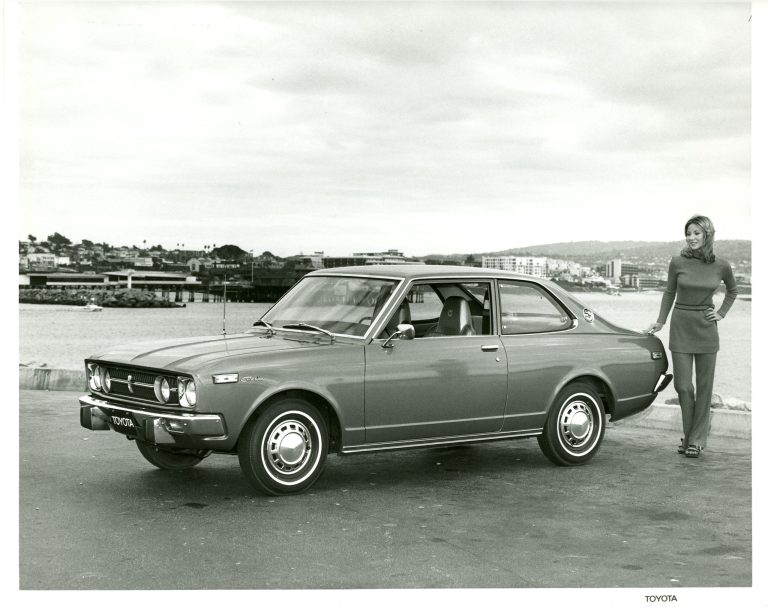
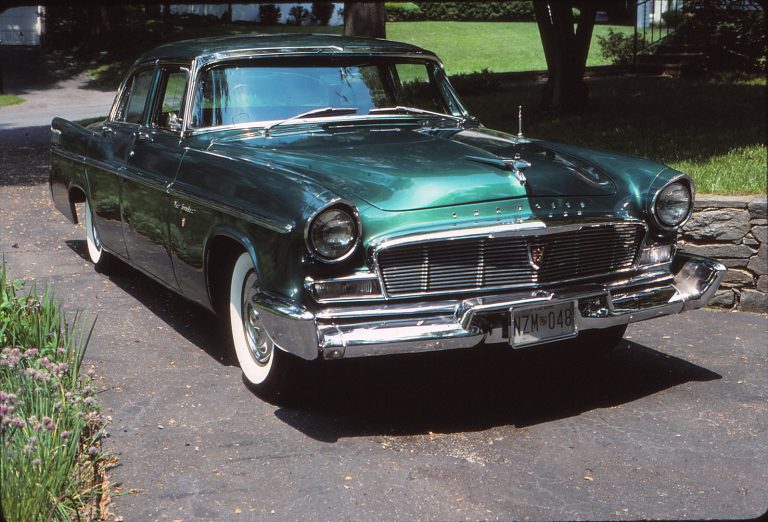
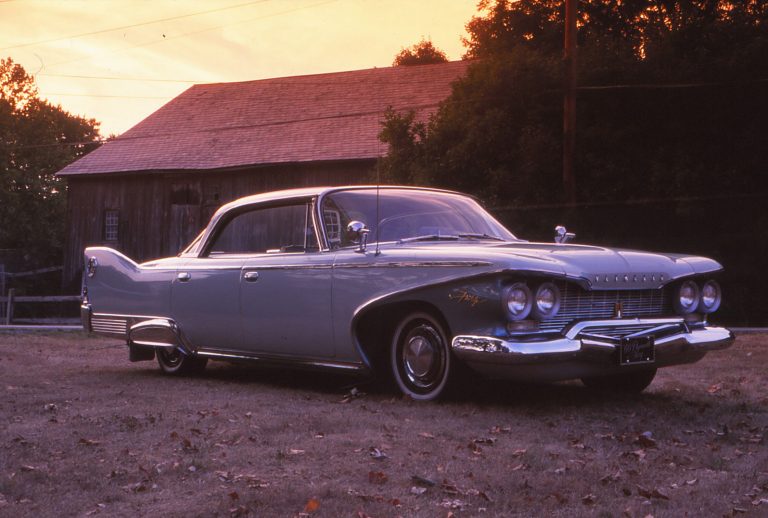
The driver to one of the racers he’s passing, tipping his derby hat: “‘Ello, chap.”